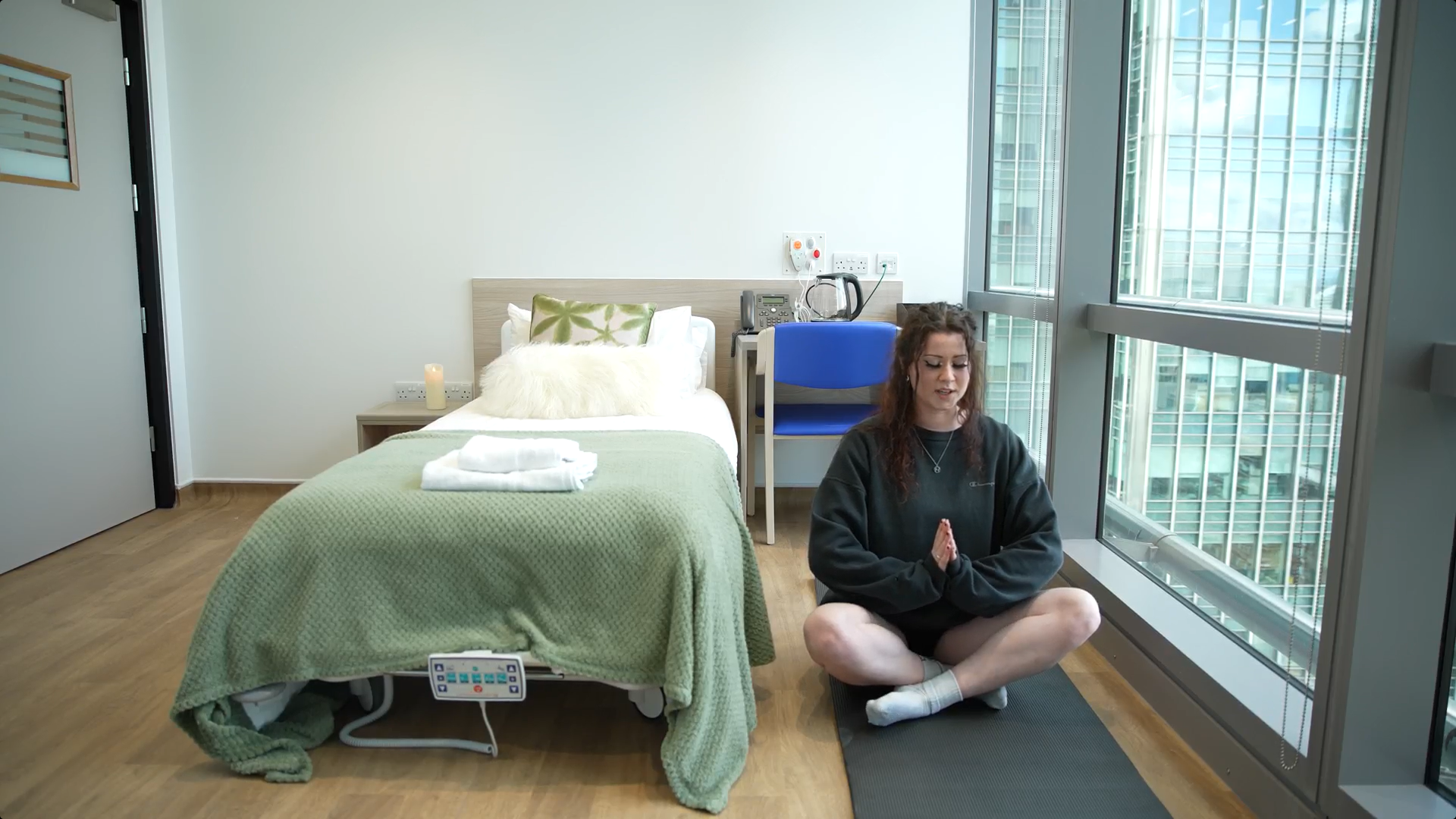In the UK we face a wide range of weather systems. We can go from bright blue skies one weekend to thunderstorms and gale force winds the next! All these changes in weather can wreak havoc with our plans but for those with asthma they can even prove “fatal”, according to recent articles, especially when high pollen counts are compacted in the mix. Read this blog to find out why.
Why Thunderstorms impact asthmas sufferers
So how do thunderstorms impact asthma sufferers? As it turns out, it is mostly down to pollen, which is a well-known irritant of asthma. During a thunderstorm pollen is agitated by the wind, rain, and warm air. Strong winds help to distribute pollen of many plants. Raindrops can break down the larger pieces of pollen into smaller pieces making it easier for the pollen to find its way into the respiratory system and blood stream. And the warm air that usually accompanies a storm front encourages grass, weeds and fungal spores to release into the air further complicating asthma conditions.
‘Thunder fever’
Sonia Munde of Asthma UK told The Sun that thunderstorms can have a huge impact on people with asthma, and even trigger an asthma attack – which can prove to be fatal. This impact is made worse when it occurs during a high pollen count period. Last year, the combination dubbed ‘thunder fever’ is thought to have killed nine people in Australia, leading to concerns about its resurgence this weekend.
“Humid, stormy conditions break the pollen into much smaller particles, which are then inhaled more deeply into the lungs and can lead to life-threatening asthma attacks,” she explained.
She also said that an estimated 3.3 million people in the UK have their asthma triggered by pollen, which highlights the danger during periods of high pollen counts.
Why does a high pollen count affects asthma sufferers
Asthma is a condition that causes the narrowing of airways within the respiratory system. This leaves the lungs vulnerable to irritation through the presence of small particulates, such as dust and pollen.
The pollen count is the measure of average pollen grains circulating in the air, this is usually rises in the morning and reaches its peak around midday or early afternoon. A higher pollen count means more particulates in the air leading to a greater chance of those with asthma experiencing an adverse reaction. Those with hay fever, an allergy to pollen, will also notice the effects of pollen throughout the morning and into the afternoon.
Hay fever triggers
Another issue triggered by pollen is, of course, hay fever, which means that hay fever sufferers may also be in for an uncomfortable weekend.
It’s estimated that hay fever affects 40% of the population, and even with closed windows, pollen can find its way indoors and prevent people from going about their day-to-day life.
We’ve previously published an article around hay fever season and the impact it can have on people’s lives; as well as ways in which you can help to reduce the negative symptoms experienced. Some of our top tips include:
- Keep car windows shut – if you’re out and about this weekend, try to keep your windows closed to reduce pollen inhalation, particularly in areas of high pollution.
- Avoid drying clothes outside during this high pollen count weekend; pollen can catch in the fabric and then be brought inside.
- Apply Vaseline inside your nostrils – this can catch pollen on the way in and trap it before it can affect your sinuses, reducing the effects.
If you suffer from asthma or hay fever, or both, then make sure that you keep all of your medication to hand over the weekend, so that you can hopefully prevent any negative effects. If you’re concerned about ‘thunder fever’ or any symptoms you’re experiencing, consult your GP or a medical professional for advice.
Explore more about our clinical trials for asthmatics or apply now to participate in a study. Alternatively, find out more about all of our clinical trials.










